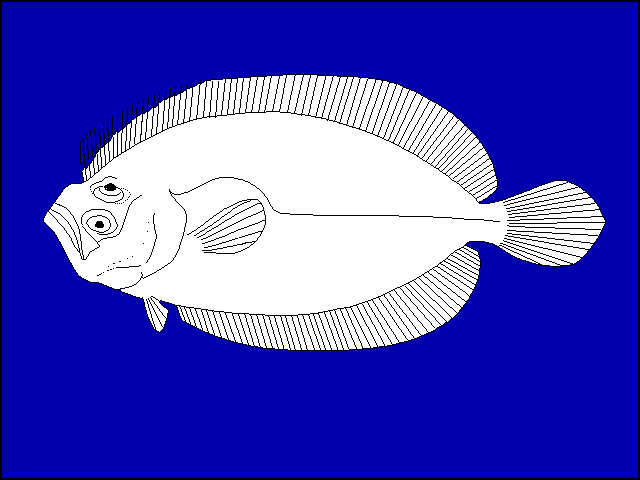| Paralichthyidae (Large-tooth flounders) |
| 22 cm SL (male/unsexed) |
|
bathydemersal; marine; depth range 200 - 270 m |
| Western Central Pacific: Philippines, Indonesia and Australia. |
|
Dorsal spines (total): 0-0; Dorsal soft rays (total): 67-70; Anal spines: 0-0; Anal soft rays: 50-53. Color of preserved specimens tan to dark grey on the ocular side; tan or whitish on the blind side. Pectoral fin rays 11-13 on ocular side; 11-12 on blind side. Pelvic fin of ocular side with black spot and shorter than that on the blind side. Gill rakers elongate and pointed. 1st interhemal spine stout. |
| Inhabits mud and sand bottoms (Ref. 9774). Feeds on crustaceans and other benthic invertebrates (Ref. 9774). |
|
Least Concern (LC); Date assessed: 13 November 2019 Ref. (130435)
|
| harmless |
|
Museum: Between Samar and Masbate in 135 fathoms (247 m), 'Albatross' collection, Stn D.5392, USNM 93082 (Holotype, 22 cm). USNM 93548 - 51 (paratypes) (Ref. 2688). Also Ref. 9494. |
Source and more info: www.fishbase.org. For personal, classroom, and other internal use only. Not for publication.

